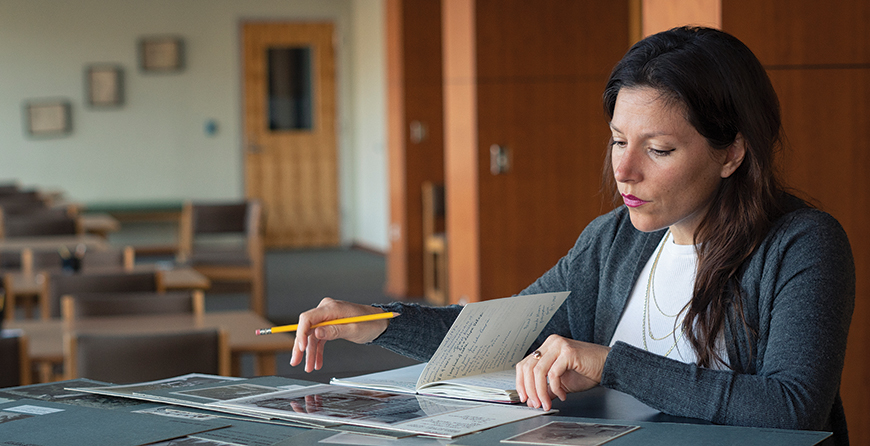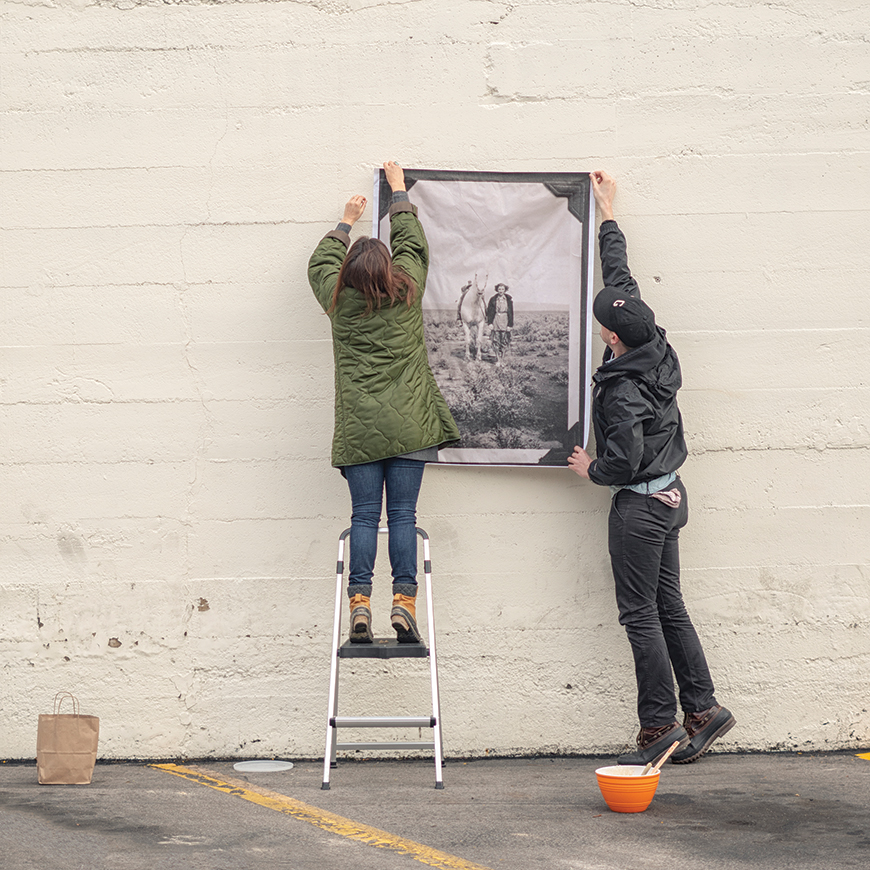Who, exactly, are Americans? On one level, it’s a legal and political question of great debate these days. Distinguishing the “we” from the “other” is no trivial pursuit and one this country has been wrestling with since its inception. Taken further, the question also probes our collective values and how we choose to define ourselves as a people.
Photographer Angie Smith first addressed this issue in a photographic project she began in 2015 called “Stronger Shines the Light Inside.” In that work, Smith documented with photographic portraits the stories of the many refugees coming to Boise who had fled desperate situations in countries such as Myanmar (Burma), Ethiopia, Iraq, and Kenya. Then, in 2016, Smith, along with writer Sarah Mosle, published a photo essay in The New York Times Magazine profiling the experiences of a number of refugees in Boise’s high schools.
Smith will continue this artistic discussion with a new installation of work she is creating for the Treefort Music Festival, which runs March 20-24, at a variety of downtown Boise locations. The project, titled “Open Air Archive: An outdoor photography exhibition of people in the Boise Valley, 1800s to today,” is funded by a grant from the Treefort Music Festival and the city of Boise.
Beginning March 18, Smith will install on specified buildings life-size images reproduced from archival and historical photographs—images dating back as far as the mid 1800s—of Native Americans, primarily Northern Shoshone, as well as migrants from Northern Europe, China, and the South.

Smith did some of her research at the Idaho State Historical Society.
Smith explained in a recent interview that she researched and chose images from the Idaho State Historical Museum, the Boise State University archives, the Idaho Black History Museum, The Basque Museum, and family albums of multi-generational Boise families. She then printed the images to life size and cut them from their backgrounds. For the installation, Smith will adhere the images to 15 or so buildings downtown with a glue of sorts made from a wheat paste. The images will be up for approximately two months.
“I think that historical photos bring together people of all ages, political leanings and interests,” Smith said. “I hope to honor the people of other ethnicities who helped build the infrastructure of the city.”
In conjunction with the installation, Smith will hold a photography workshop for refugee teens and teens who are children of immigrants. The students will learn about portraiture, then take portraits of one another and of the group. Ultimately, they will install one of their images as part of Smith’s project.
“It is an intense time of growth and development in Boise,” Smith noted. “And there is a lot of conversation about new people coming here.” By looking at a sweep of Boise’s history, Smith hopes that her images will “remind us all that, at one point, everyone that settled here came from somewhere else.”

